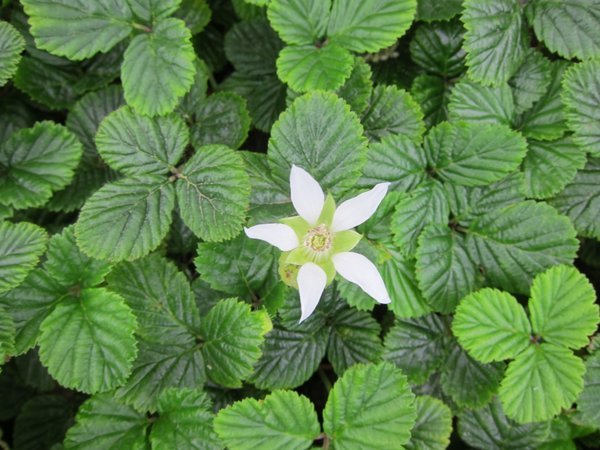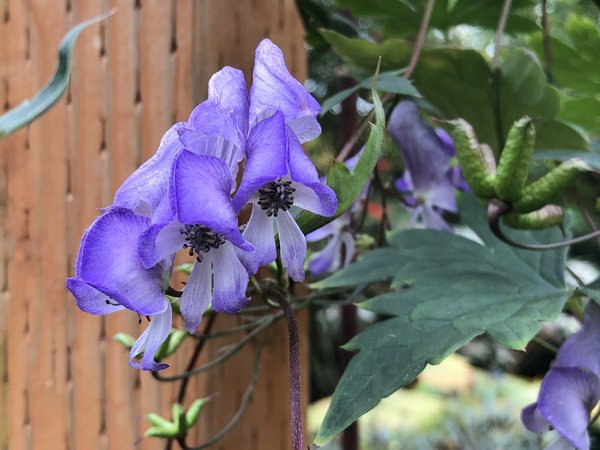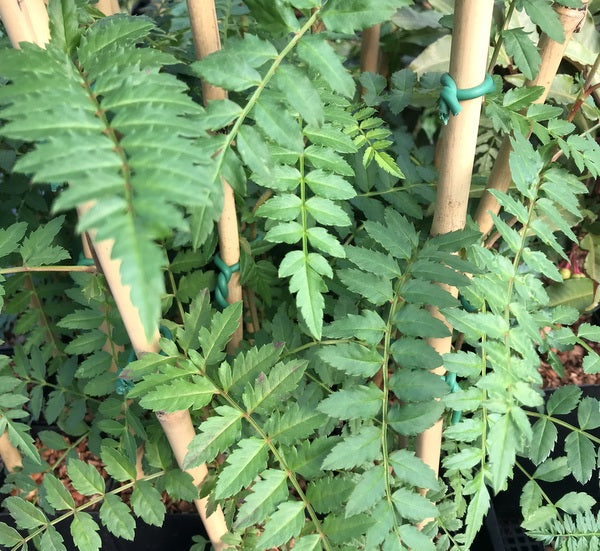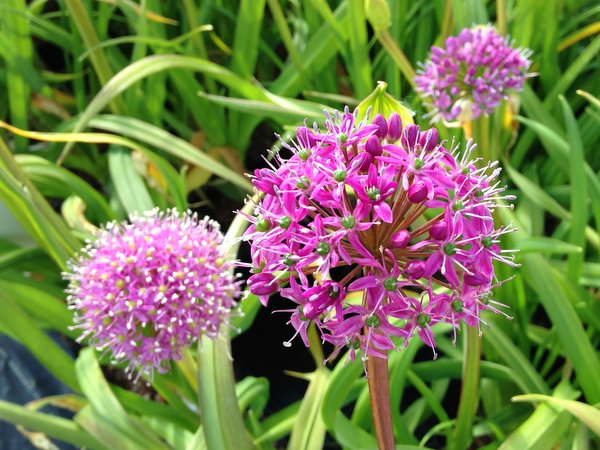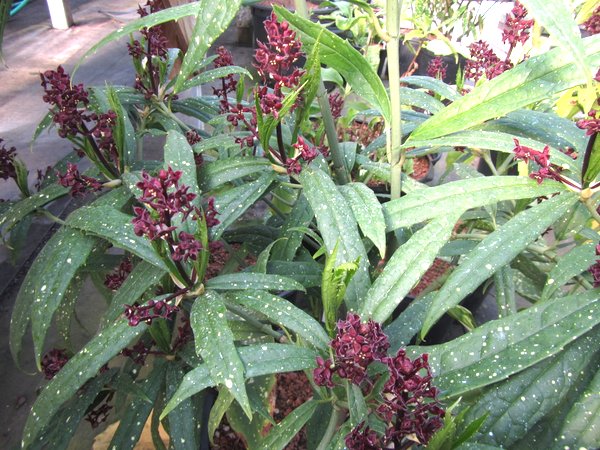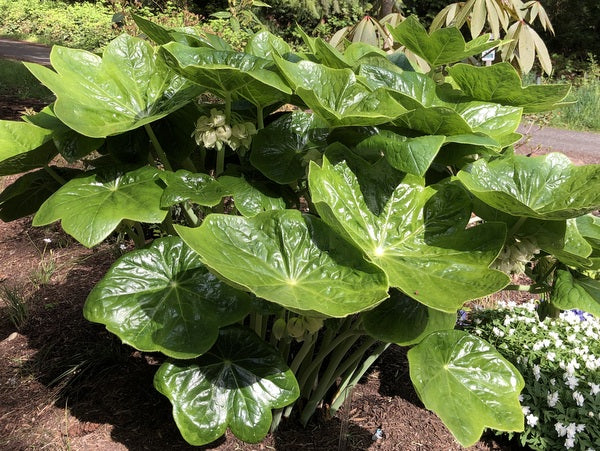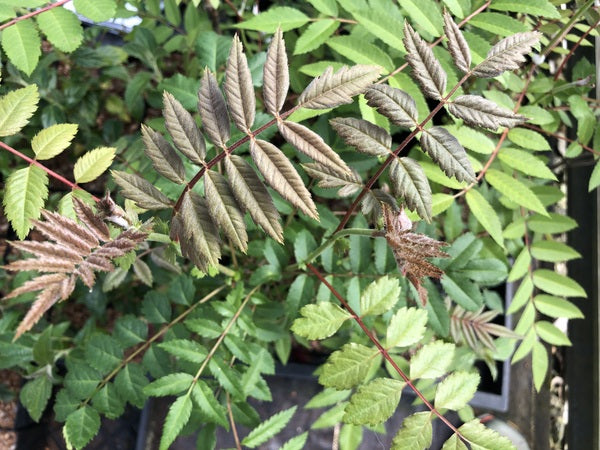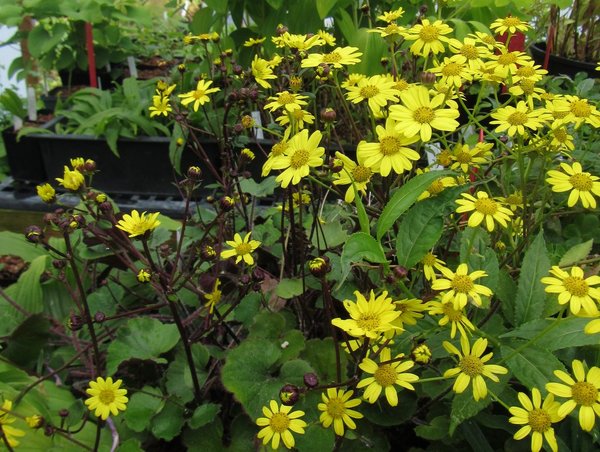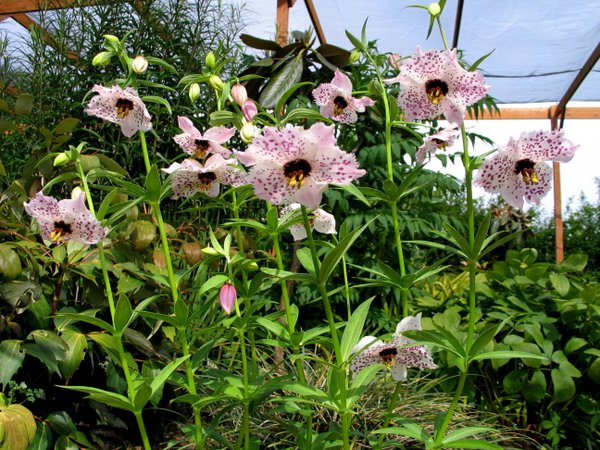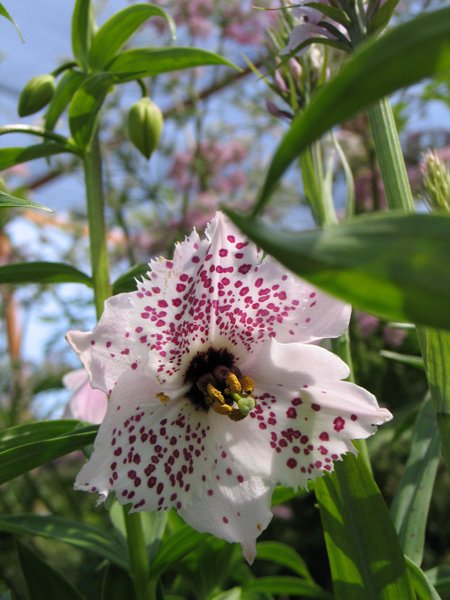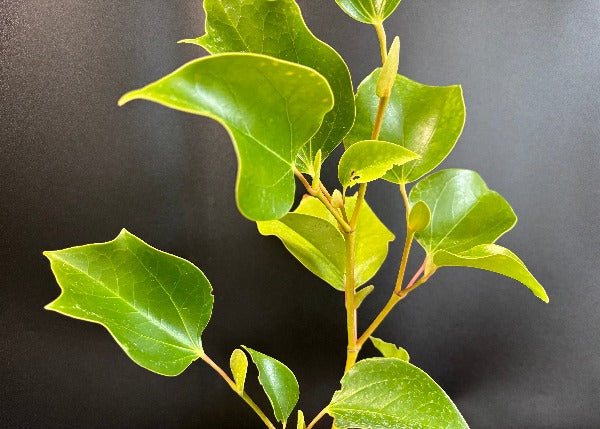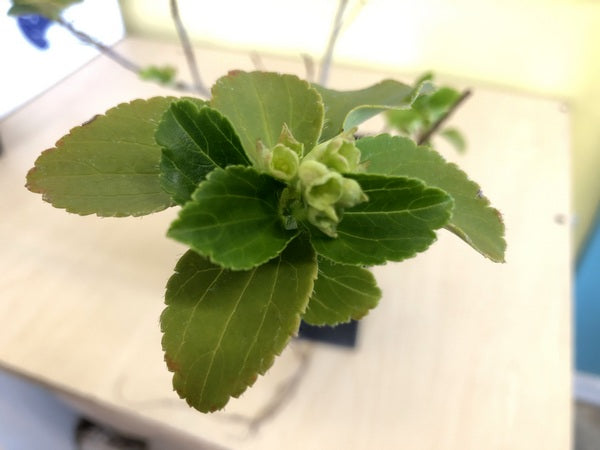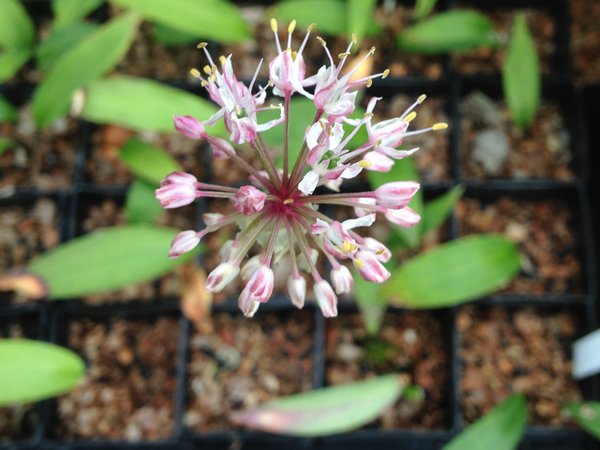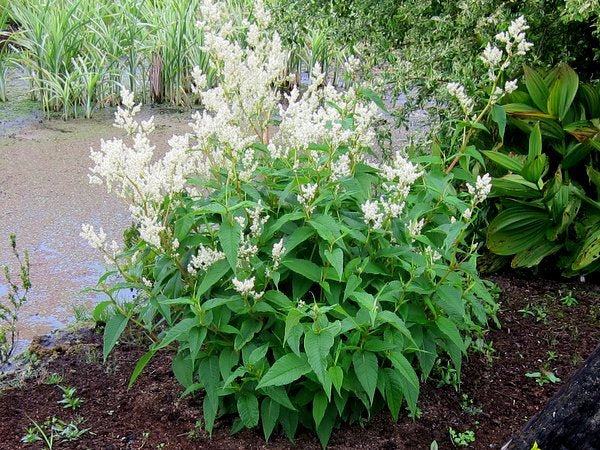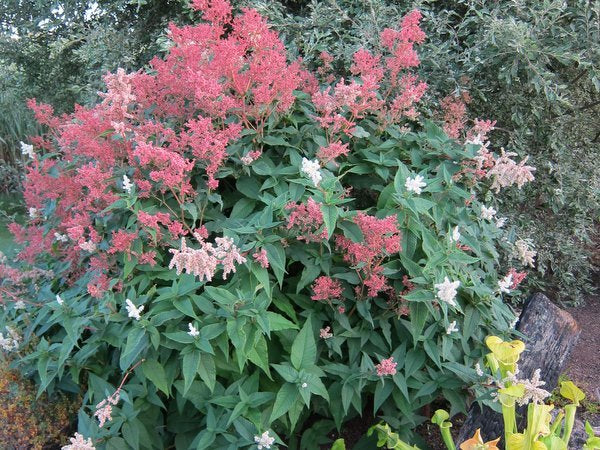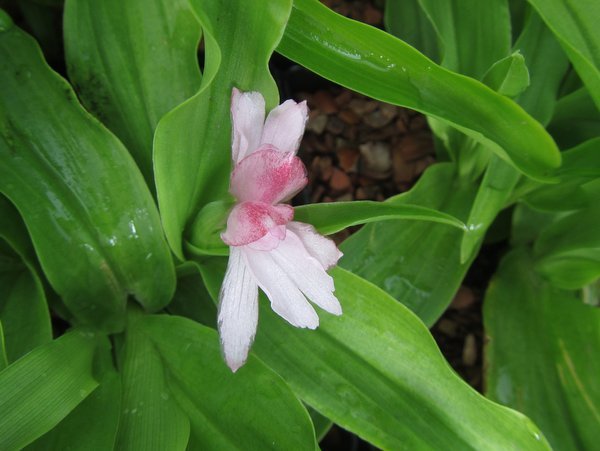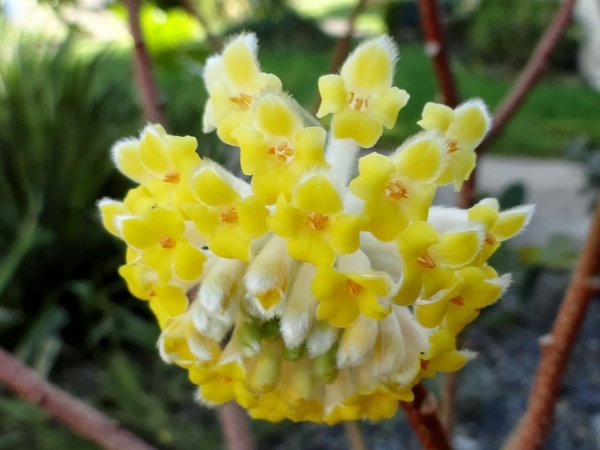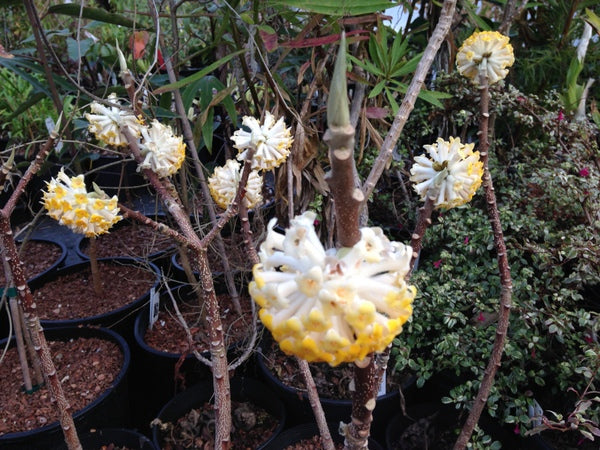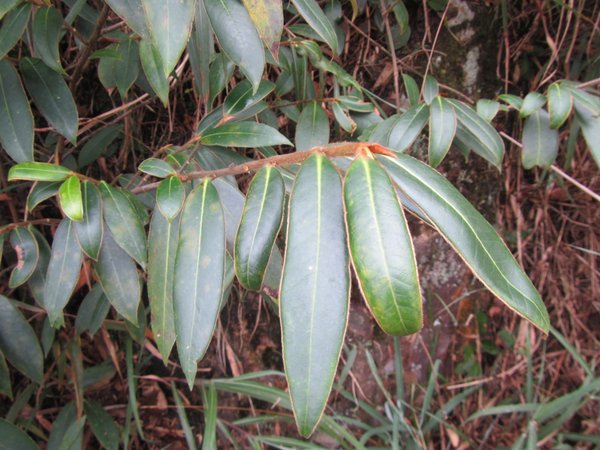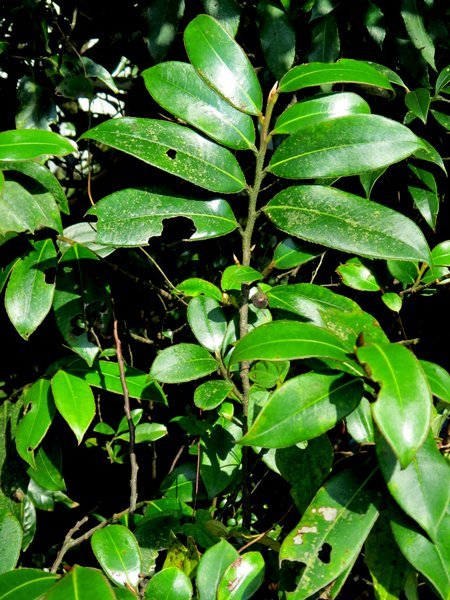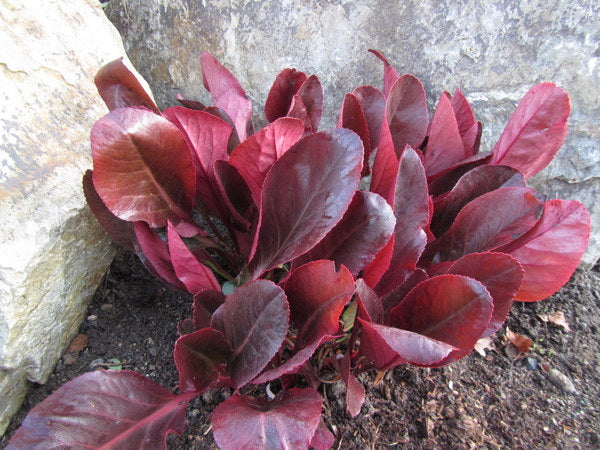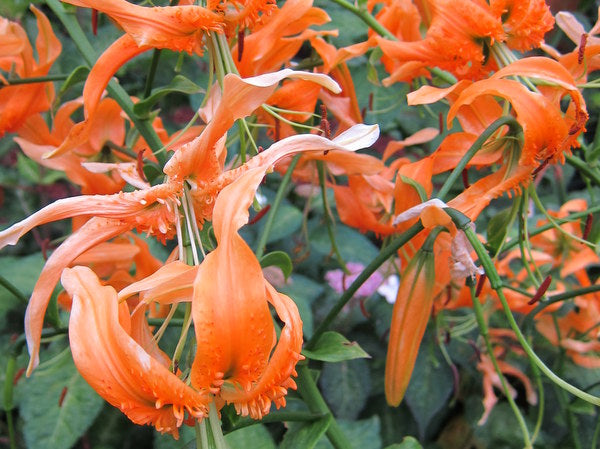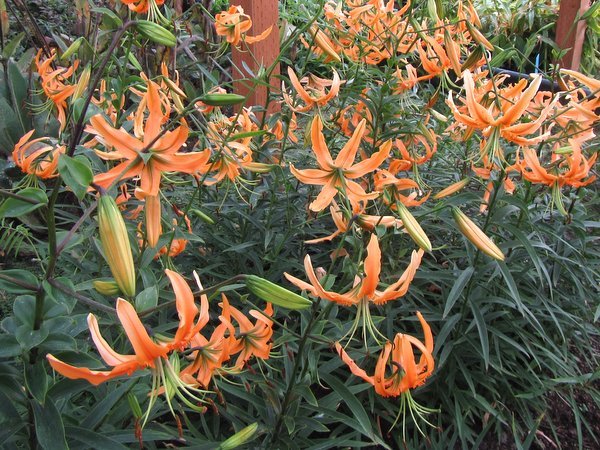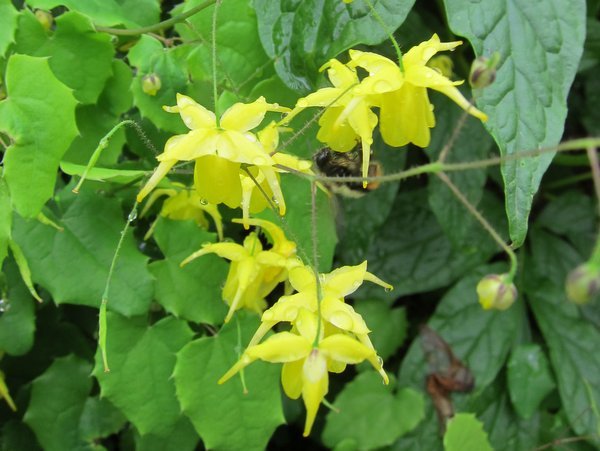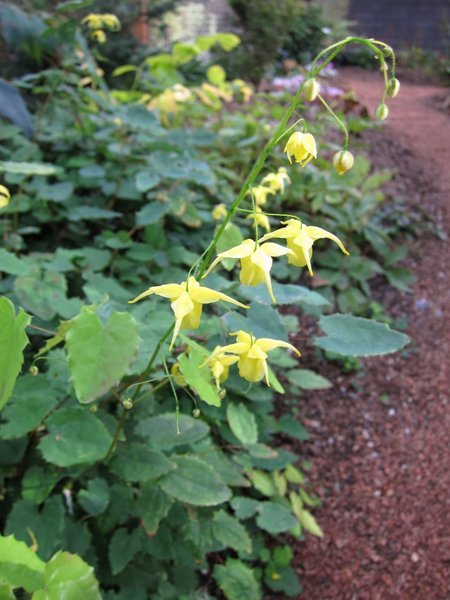Sort by:
452 products
452 products
These are seed-grown bulbs from our original plants which we grew from seed we collected in the Cangshan in 1997. We were midway up the flank of the mountain and the weather cleared just enough to allow a glimpse far down to the plain below where the famed 3 Pagodas of Dali stood as faint pencil strokes fronting the wide expanse of Lake Erhai. A sight we will never forget. This a truly fabulous Lily relative with wide-open flowers dotted in maroon which open pink but age to white. When I go to the great compost pile in the hereafter, it is understood that Nomocharis pardanthina are to be strewn liberally on my casket. Rare and very choice. These are naturally small bulbs but they may well flower this spring. This will appreciate a cool site in light shade to morning sun. We know the related Nomocharis aperta can take a tough zone 5 winter and hopefully these can as well but we tend to be conservative so are sticking to zone 6 until we know different.
Seedlings from our collection in Sichuan in 2006. We were thrilled to find this Epimedium - just 5 plants with a few ripe seed - growing on a shallow layer of moss and humus on a damp rock face along a narrow dirt road. Interestingly, two of the plants had black seed capsules and the other three were green. Yellow flowers from April to mid summer and then again in fall in our fertile and moist shade garden. We had this listed last year as Epimedium davidii which it closely resembles and thought this but a variation in flower until the keen eyes of Ben Stormes noticed that this was indeed the rare Epimedium flavum found only on the Erlang Shan which is exactly where this was found. This area, like many once remote areas in China, showed indications of being poised to be developed for tourism and there is little doubt that the plants we found are no longer.

